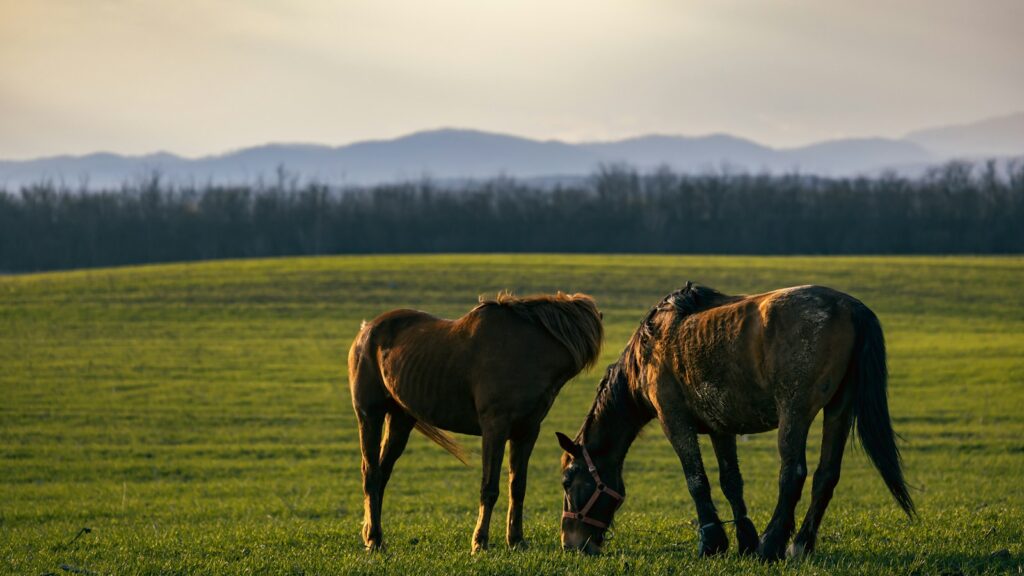The vast expanses of the American West have been home to ranching operations for centuries, with horses serving as indispensable partners in this challenging environment. Western ranching demands horses with specific traits—hardiness, intelligence, stamina, and cow sense—that allow them to thrive in rugged terrain while performing specialized work with cattle. The relationship between ranchers and their equine companions represents one of the most enduring partnerships in American agricultural history. From the pioneering days of open-range cattle drives to modern ranching operations, certain horse breeds have proven themselves especially valuable for the unique demands of western cattle work. This article explores the most popular and effective horse breeds that continue to serve as the backbone of western ranching operations today.
Quarter Horse: The Ranching All-Star
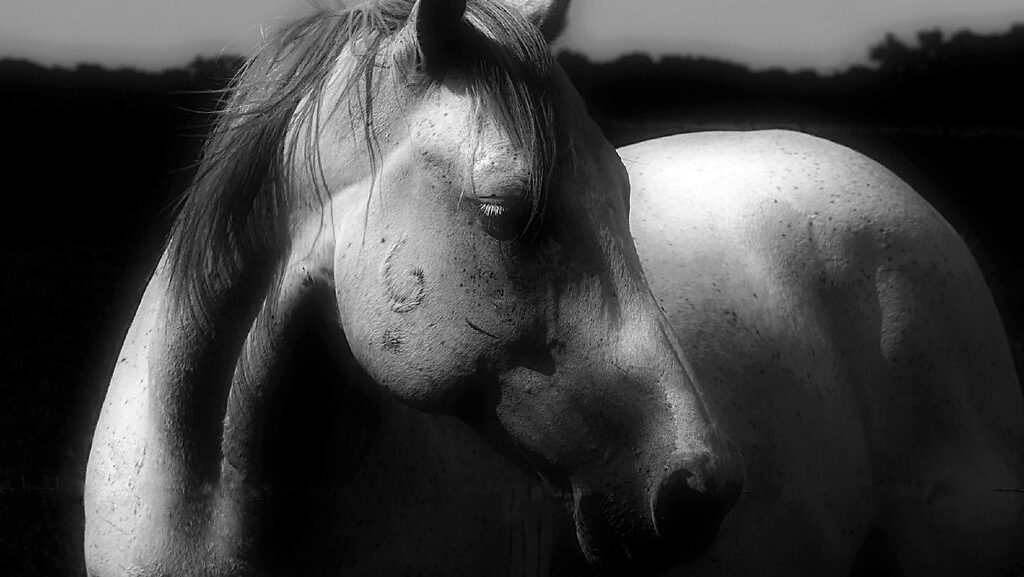
The American Quarter Horse stands as the undisputed king of western ranching breeds, with a history deeply intertwined with cattle work across the American frontier. Bred specifically for short-distance speed and maneuverability, Quarter Horses possess the explosive acceleration needed to outpace and outmaneuver cattle—a trait that earned them their name for being unbeatable in quarter-mile races. Their low center of gravity, powerful hindquarters, and innate “cow sense” make them extraordinarily agile when cutting individual animals from a herd or making quick directional changes during sorting operations. Modern ranch-bred Quarter Horses typically stand between 14.3 and 16 hands high, combining compact muscle with surprising stamina for long days of work in varied terrain and weather conditions. Their calm, trainable temperament serves ranchers well, as these horses remain level-headed even during high-pressure situations with unpredictable cattle.
American Paint Horse: Colorful Capability
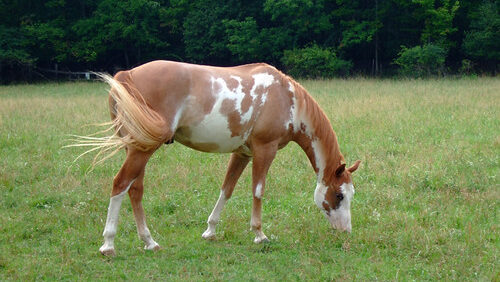
Distinguished by their striking pinto coat patterns of white combined with any other color, American Paint Horses share much of their genetic background with Quarter Horses but with the addition of specific color genes. This breed combines the practical working ability of its Quarter Horse ancestors with eye-catching splashes, spots, and patches that have made them favorites among ranchers who appreciate both function and form. Paint Horses typically possess the same muscular build, cow sense, and agility that make Quarter Horses so valuable in ranching environments. The American Paint Horse Association requires these horses to have verified Quarter Horse or Thoroughbred bloodlines in addition to qualifying color patterns, ensuring the working ability remains consistent. Many ranchers report that their Paints exhibit exceptional intelligence and problem-solving skills, making them quick to learn new tasks around the ranch.
Appaloosa: Historic Ranch Companions
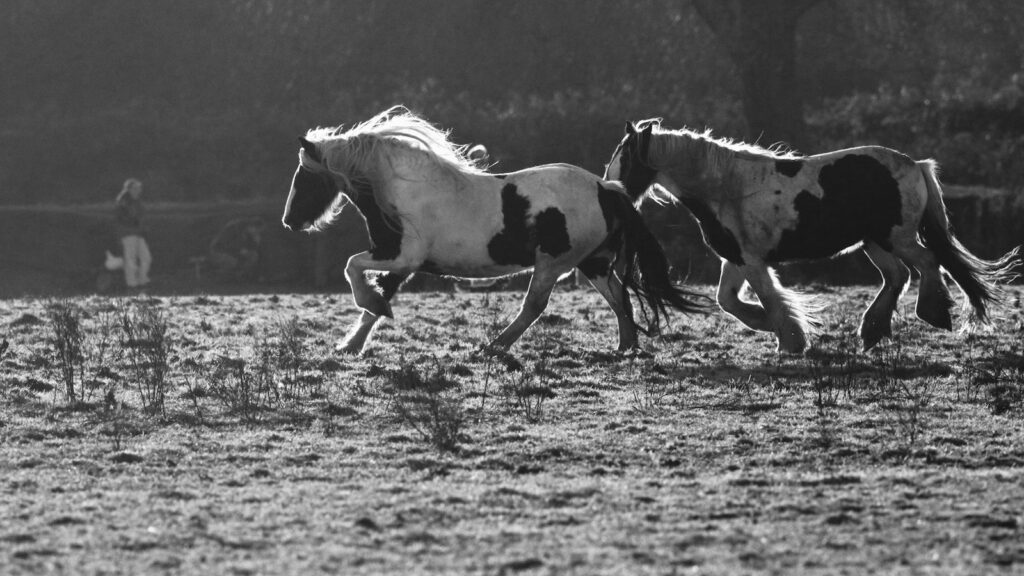
With their distinctive spotted coats and striped hooves, Appaloosas have a rich history as working horses developed by the Nez Perce tribe in the Pacific Northwest. These horses combine strength and stamina with a characteristic hardiness that allows them to thrive in harsh conditions with minimal care—a trait particularly valued in remote ranching operations. Appaloosas typically display the distinctive spotted pattern over their rumps, though the breed encompasses various patterns including blanket, leopard, and snowflake markings that make each horse uniquely identifiable. Beyond their striking appearance, Appaloosas bring practical attributes to ranch work: they’re known for their sure-footedness in difficult terrain, exceptional endurance for covering long distances, and strong hooves that often require less frequent shoeing than other breeds. Their intelligence and independent problem-solving abilities sometimes manifest as stubborn behavior, but experienced ranchers value this trait for creating horses that can think for themselves in challenging situations.
Morgan Horse: Versatile Ranch Partner
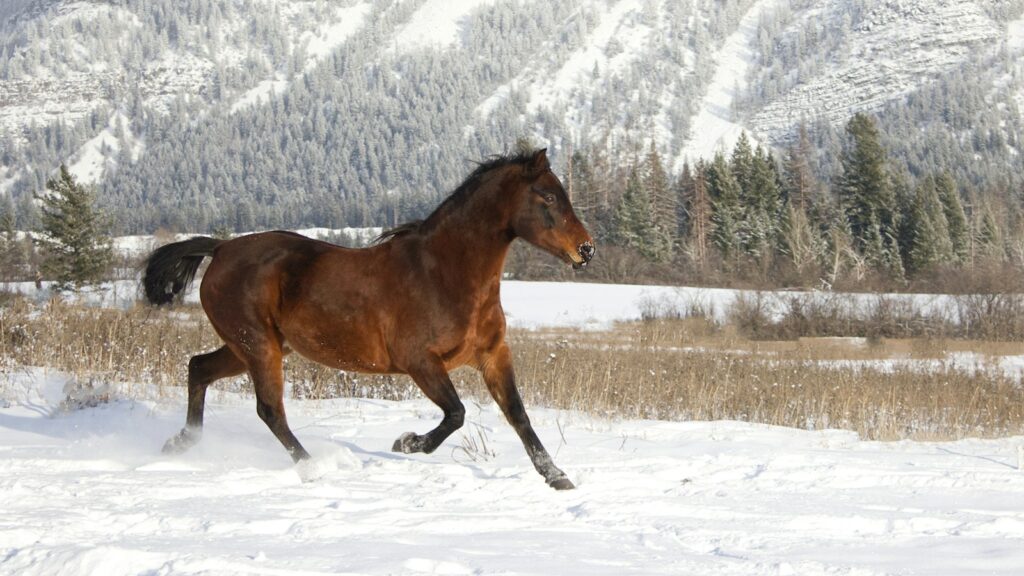
Though less commonly associated with western ranching than some other breeds, the Morgan horse has maintained a steady presence on ranches thanks to its remarkable versatility and stamina. Descended from a single foundation sire—a horse named Figure, owned by Justin Morgan in the late 1700s—these horses are known for their ability to work tirelessly day after day while maintaining a willing attitude. Morgans typically stand between 14.1 and 15.2 hands tall, with a compact but powerful build that combines strength with agility, making them suitable for both cattle work and pulling ranch vehicles when needed. Their thick manes, tails, and winter coats help them withstand harsh weather conditions common in western ranching environments. Perhaps most importantly, Morgans are renowned for their exceptional temperament—intelligent, eager to please, and forming strong bonds with their handlers that translate to reliable performance in high-pressure ranching situations.
Mustangs: Hardy Survivors of the West
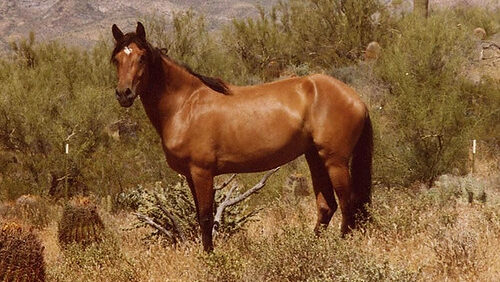
Mustangs—descendants of horses brought to North America by Spanish explorers in the 16th century—represent some of the toughest and most adaptable ranch horses available. Natural selection over centuries in the harsh western landscape has created horses with exceptional hardiness, sure-footedness, and natural survival instincts that translate well to ranch work. Bureau of Land Management (BLM) mustang adoption program has become increasingly popular with ranchers seeking horses with natural durability and minimal health issues, as these horses have developed remarkable resistance to many common equine ailments. Mustangs typically require less supplemental feed than many domestic breeds, having evolved to maintain condition on sparse natural forage—a significant economic advantage for large ranching operations. Their innate awareness of predators also translates to exceptional alertness around potentially dangerous cattle, with many ranchers reporting that their mustangs seem to anticipate cattle movements before they happen.
Quarter Horse/Draft Horse Crosses: Power Meets Agility
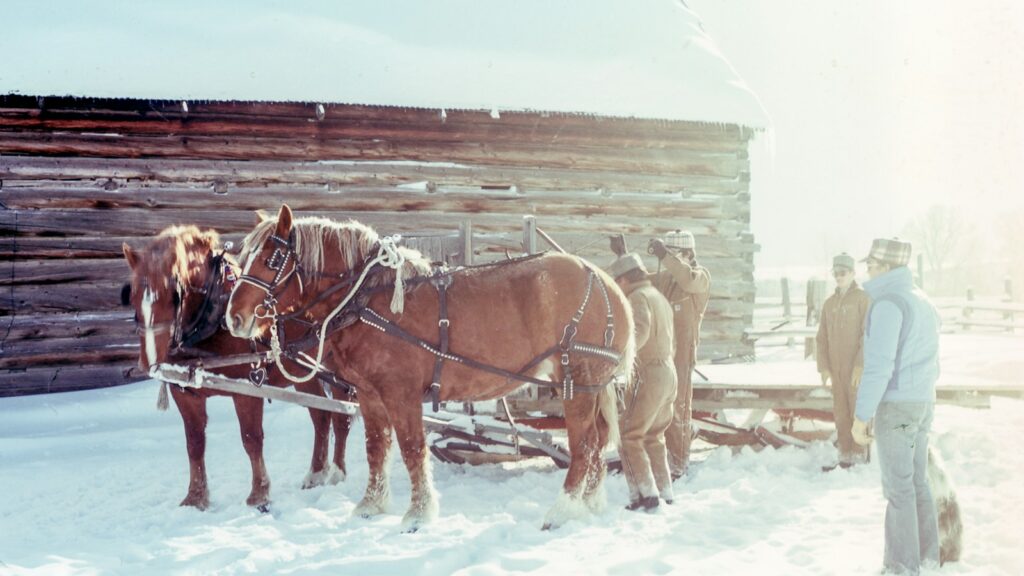
The strategic crossing of Quarter Horses with draft breeds like Percheron, Belgian, or Suffolk Punch has created versatile ranch horses that combine the cow sense and agility of the Quarter Horse with the strength and calm disposition of draft breeds. These crossbreds, sometimes called “Foundation Quarter Horses” when the draft influence is several generations back, typically stand 15 to 16 hands high with substantial bone and muscle that allow them to work effectively in challenging conditions. Their increased size and strength compared to straight Quarter Horses makes them particularly valuable for handling larger cattle breeds like Charolais or Simmental, where the additional power can be crucial for controlling powerful animals. Draft crosses often demonstrate exceptional cold tolerance due to their heavier build and thicker winter coats, making them ideal for northern ranching operations where winters are severe. Many ranchers report that these crosses maintain their workability well into their late teens or twenties, offering excellent longevity that provides economic value over time.
Ranch-Bred Quarter Horses: Specialized Working Lines
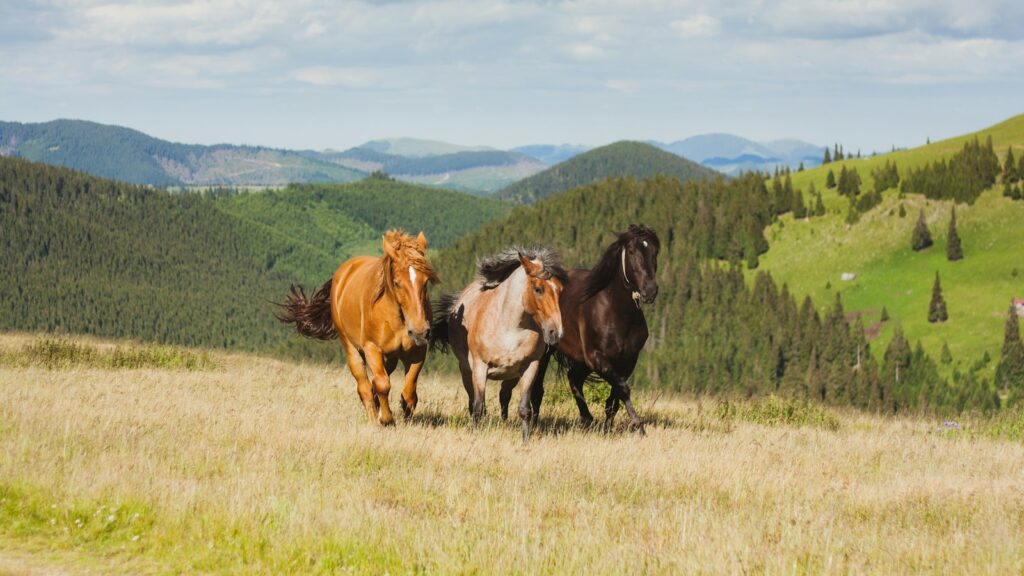
Within the broader Quarter Horse breed, specialized ranch-bred bloodlines have developed that focus exclusively on work ability rather than show ring success or racing speed. These horses, often registered as Quarter Horses but marketed specifically as “ranch-bred,” emphasize practical traits like innate cow sense, stamina, sound conformation, and calm dispositions that make them ideal for daily ranch work. Breeders of these specialized lines typically test their breeding stock in real working conditions, using only horses that demonstrate exceptional ability with cattle as breeding stock for future generations. Ranch-bred Quarter Horses tend to be moderately sized (14.3 to 15.2 hands) with substantial bone, deep heart girth for lung capacity, and strong feet that require minimal maintenance even with constant work on varied terrain. Their physical characteristics typically include a shorter back for strength, well-sloped shoulders for smooth movement, and substantial hindquarters that provide the power needed for quick stops and turns when working cattle.
American Stock Horse: The Working Professional
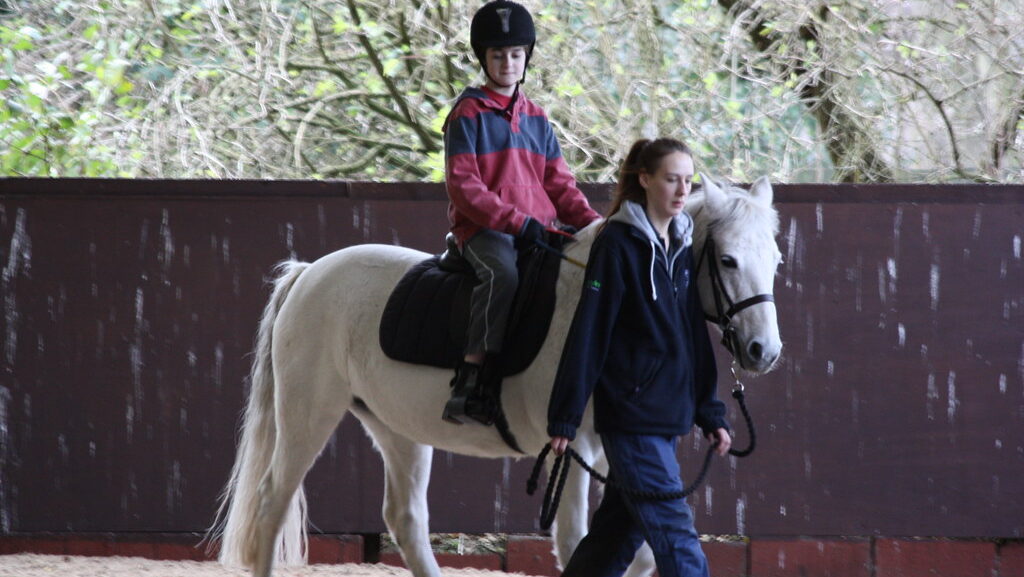
The American Stock Horse Association has developed specific standards for ranch horses that perform multiple disciplines, including cattle work, trail riding, reining, and ranch pleasure—all skills directly applicable to daily ranching activities. While not a breed in the traditional sense, stock horses (primarily Quarter Horses, Paints, and Appaloosas meeting specific performance criteria) represent some of the most versatile and practical horses found on working ranches today. These horses are evaluated on their ability to transition seamlessly between different ranch tasks, from working cattle in confined spaces to covering rough country efficiently during pasture checks. The versatility of stock horses makes them particularly valuable on smaller ranching operations where each horse must perform multiple jobs effectively rather than specializing in a single task. Their training typically emphasizes practical skills like opening gates from horseback, dragging calves, sorting pairs, and handling livestock in varied environments—all essential capabilities for efficient ranch work.
Missouri Fox Trotter: The Smooth-Gaited Ranch Horse
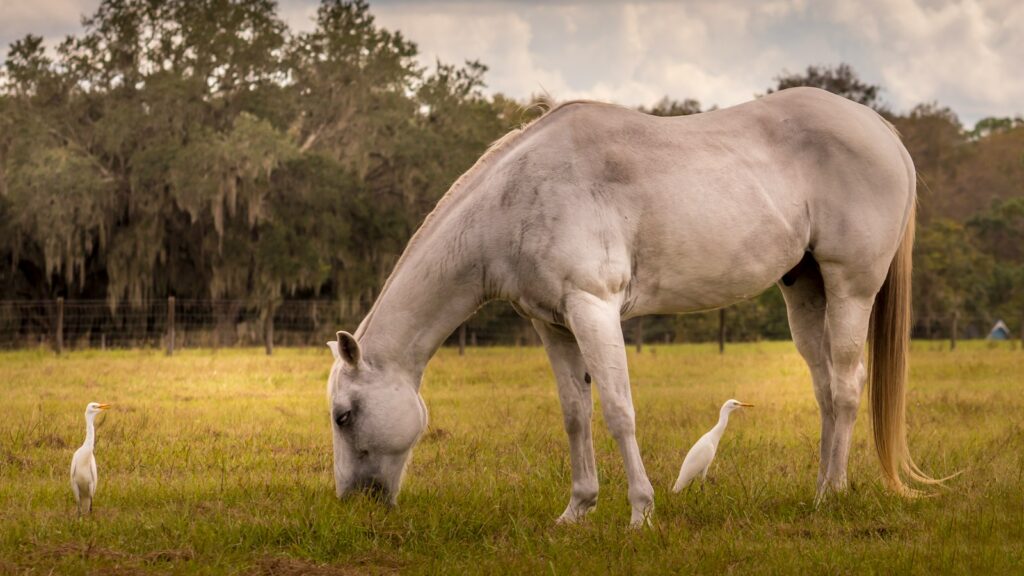
For ranchers who spend long hours in the saddle covering extensive territory, the Missouri Fox Trotter offers an invaluable combination of smooth gait and cattle-working ability. The breed’s signature fox trot is a broken diagonal gait where the horse’s front foot touches the ground just before the diagonally opposite hind foot, creating an exceptionally smooth ride that reduces rider fatigue during extended periods of ranch work. Fox Trotters typically stand 14.2 to 16 hands high with substantial bone and muscle that provides the durability needed for daily work in challenging ranch environments. Beyond their comfortable gait, Fox Trotters bring practical ranch attributes including surefootedness on rough terrain, strong hooves, and a sensible temperament that keeps them calm around livestock. Their medium build strikes an effective balance between agility for cattle work and strength for endurance, making them particularly popular in mountainous ranching regions where covering difficult terrain is a daily requirement.
Arabian-Quarter Horse Crosses: Endurance Meets Cow Sense
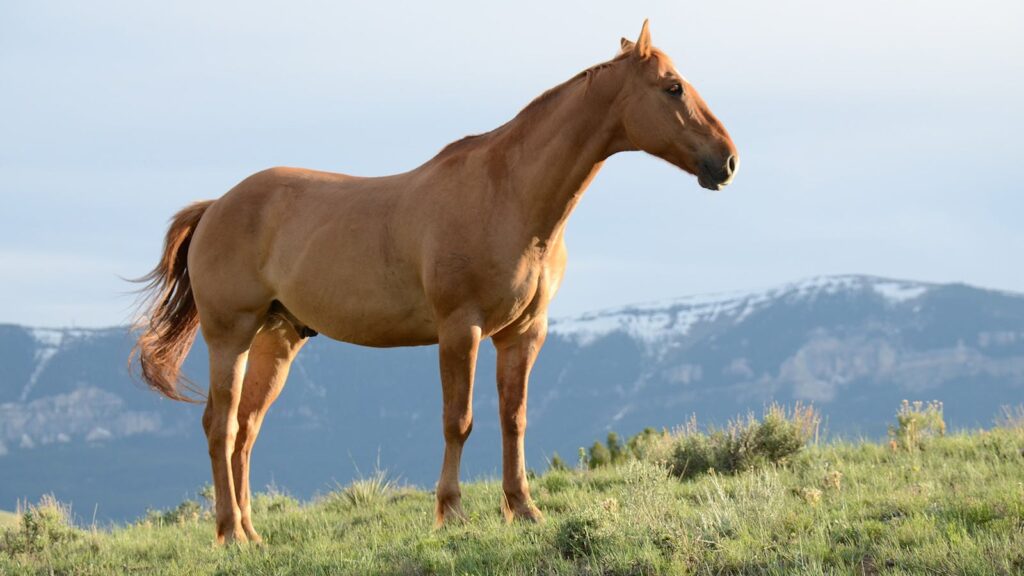
The strategic crossing of Arabian horses with Quarter Horses has produced ranch mounts that combine the legendary endurance and intelligence of the Arabian with the cow sense and strength of the Quarter Horse. Often called “Quarabs,” these crosses typically inherit the Arabian’s efficient movement and respiratory endurance while maintaining sufficient substance for practical ranch work with cattle. These crosses have proven particularly valuable in extensive ranching operations where horses must cover vast distances in a single day, often in high-altitude or extreme temperature environments that challenge a horse’s cardiovascular capacity. Quarabs typically display an alert, intelligent expression and responsive nature that makes them quick learners in ranch training programs. Their moderate size—usually 14.3 to 15.2 hands—creates a horse that’s substantial enough for ranch work but light-framed enough to maintain efficiency during long days of riding across expansive western rangelands.
Ranch-Specific Training Approaches
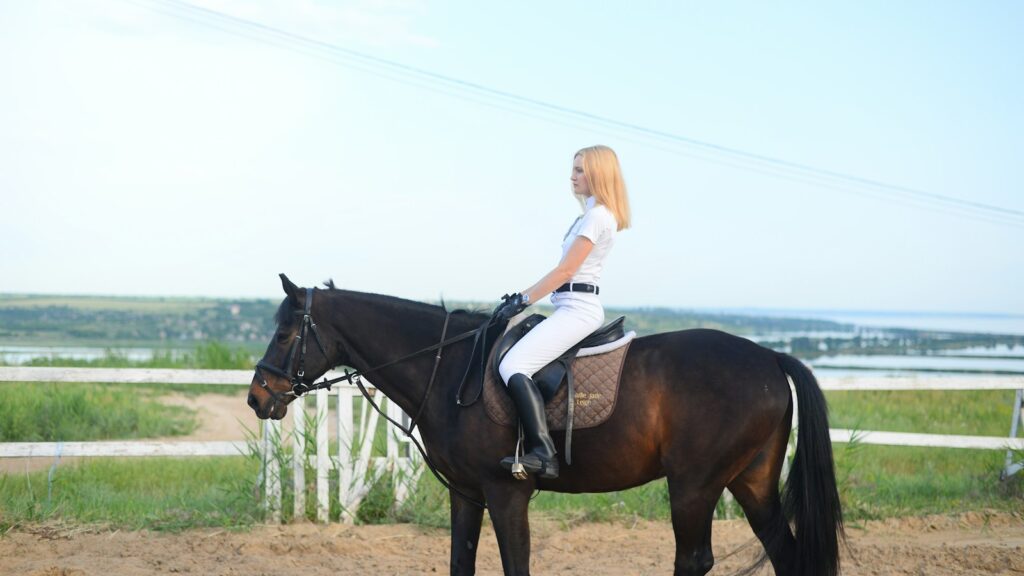
Regardless of breed, successful ranch horses undergo specialized training that differentiates them from horses prepared for competition or recreational riding. This training typically begins early, with young horses often starting their education through groundwork at 18 months, light riding by age two, and progressive exposure to cattle and ranch work as three-year-olds. Unlike show horses trained for specific patterns or events, ranch horses must develop problem-solving abilities and independent thinking that allows them to anticipate both cattle behavior and their rider’s needs in unpredictable situations. Experienced ranch trainers often use a method called “job training,” where horses learn specific ranch tasks completely before moving on to new skills, creating a horse that can be trusted to understand and complete common work patterns with minimal guidance. This practical approach focuses on creating safe, reliable working partners rather than specialized performers, with emphasis on experiences like working in varied weather conditions, handling different cattle age groups, and navigating natural obstacles they’ll encounter in daily ranch work.
The Economics of Ranch Horse Selection
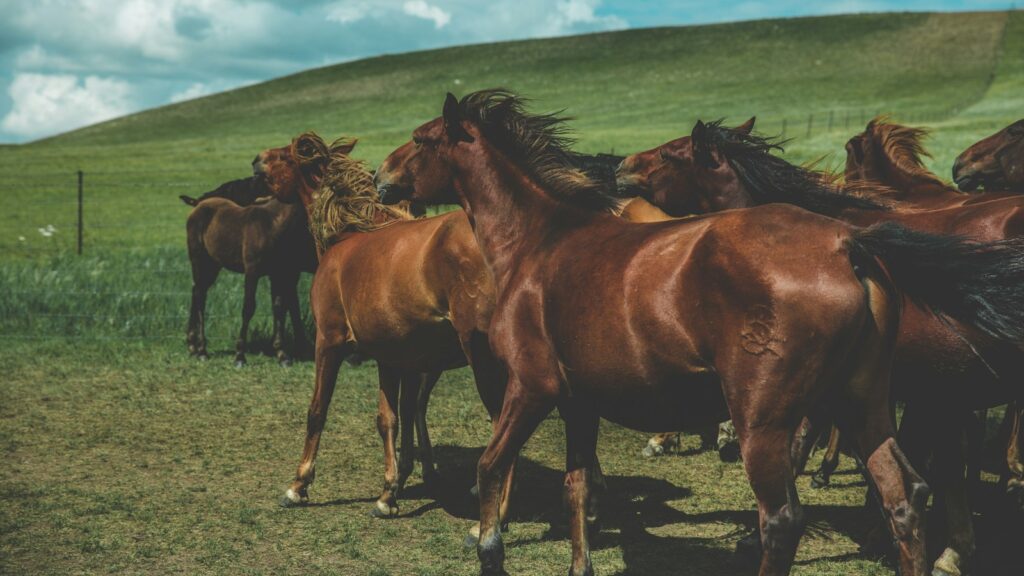
For commercial ranching operations, horse selection represents a significant economic decision that balances initial cost against long-term productivity and maintenance expenses. While high-quality ranch horses often command substantial prices—with well-started working horses frequently selling between $8,000 and $20,000—their potential working lifespan of 15+ years distributes this investment across many seasons of productivity. Maintenance considerations also influence breed selection, with hardy breeds like Mustangs or ranch-bred Quarter Horses typically requiring less supplemental feed and veterinary intervention than more refined bloodlines. The physical durability of certain breeds directly impacts a ranch’s bottom line, as veterinary expenses and downtime from injuries can quickly erode profitability in an operation where horses are essential working tools. Progressive ranchers increasingly view their horse herds as specialized equipment requiring strategic investment, with many large operations maintaining detailed records tracking each horse’s productivity, maintenance costs, and specific aptitudes for different ranch tasks.
Conclusion: The Continuing Legacy of Western Ranch Horses
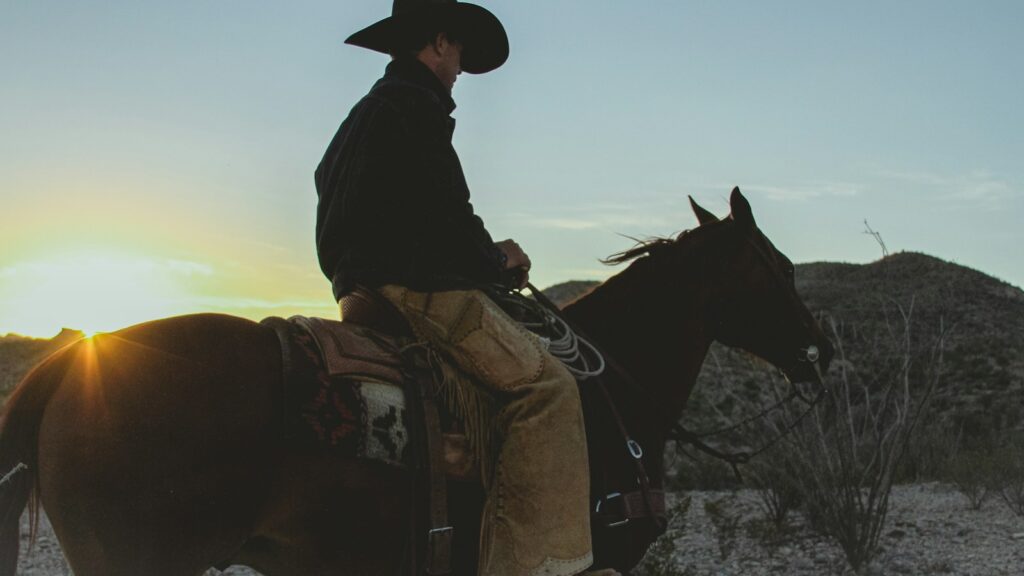
The relationship between Western ranchers and their horses represents one of the most enduring working partnerships in American agricultural history. While technology has transformed many aspects of ranching operations, the fundamental need for reliable, intelligent equine partners remains unchanged in environments where motorized vehicles cannot replicate the horse’s combination of mobility, cattle sense, and adaptation to challenging terrain. Each ranch develops its own preferences for specific breeds based on the unique demands of their operation, from the massive ranches of Texas where Quarter Horses dominate to the mountain ranges of Wyoming where Fox Trotters and Morgan crosses find favor for their surefootedness and stamina. As ranching continues evolving to meet economic and environmental challenges, these equine partners remain essential contributors to sustainable land management and efficient livestock handling across the American West, carrying forward a working tradition that spans generations of ranching families and their steadfast equine partners.

